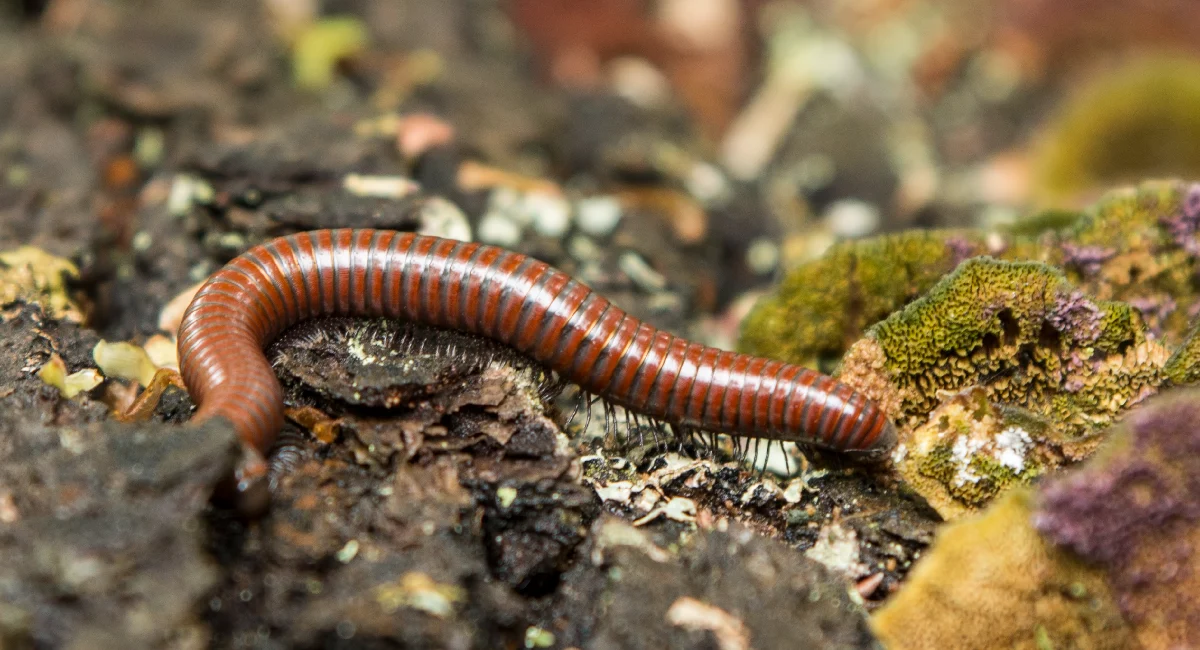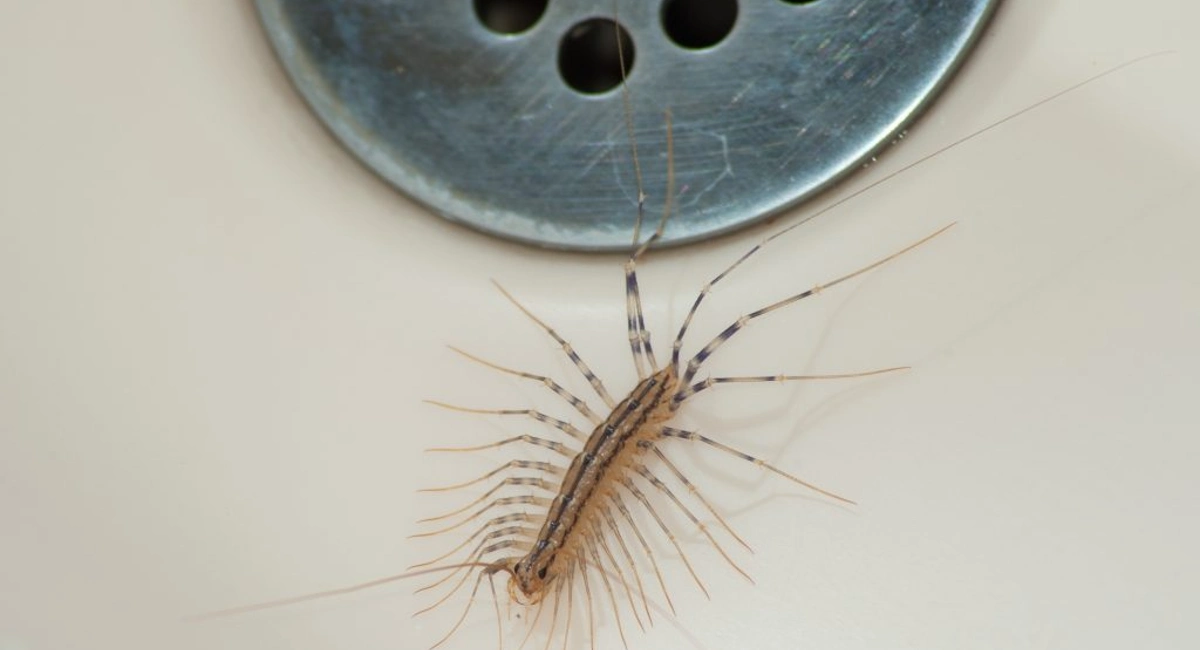For your Home
Login or register for the customer portal
It seems the more legs a bug has, the scarier it is. Surely with more legs, the possibility it will carry you off to offer up as a sacrifice to its bug king increases. But it turns out, some of the leggiest bugs are not scary at all…a serious case of “don’t judge a book by its cover.” Regardless of the threat (or lack thereof) they pose, you don’t want bugs taking over. We’re here to help you navigate the scariest of the bugs with lots of legs so you can tell what you’re dealing with. And as always, the bug control experts at Western Exterminator can help you return to being bug-free. Give us a call or send us a message and we’ll have someone come check things out.
These are five of the most common bugs with lots of legs.

We begin with the leggiest bug on the list -- the millipede. Often referred to as “thousand-leggers,” millipedes generally have anywhere from 30-90+ pairs of legs. The Illacme plenipes, one of about 10,000 known species of millipede, is the leggiest bug in the world. Males of these species have about 200 pairs of legs and females have over 300. The record number of legs is 375 pairs or 750 legs! These bugs must have quite the shoe budget!
In their first instar, millipedes usually only have about 3 pairs of legs, but new pairs develop with each successive molt. Millipedes require environments with high moisture, so they don’t usually survive indoors unless it is a very humid locale with plenty to eat. In an emergency, millipedes will attack plants to get the moisture they need. Millipedes are not generally a danger to humans, but they do produce a smelly liquid out of the sides of their bodies. This acidic liquid sometimes causes vesicular dermatitis, or small blisters, when it comes in contact with human skin.

Chances are, you’ve seen one of these in your home. Likely, you shrieked in fear and promptly ran away. Though they look pretty scary, house centipedes house centipedes are really not very dangerous. Technically, they do have poison glands and the ability to bite, but they rarely do so. In fact, their eating habits actually make them somewhat beneficial. House centipedes feed on other pests such as silverfish, carpet beetle larvae, cockroaches, and spiders. If you’re seeing a lot of house centipedes around, it usually means there is a large selection of food and that there may be a greater pest problem at hand.
The house centipede has 15 pairs of legs for a grand total of 30. On adult females, the last pair is incredibly long, contributing to their scary guise. With the long pair, house centipedes are usually about 3-4 inches in length. As larvae, house centipedes have only four pairs of legs, developing more as they molt. These pests rarely survive cold weather outdoors, but the warm environment of a home or business provides ideal conditions for house centipede reproduction.

Sowbug. Pillbug. Slater. Roly-poly. You’ve probably heard this 14-legged bug called many names. The species vary, allowing some the ability to roll into a ball (pillbugs or roly-polies) and some not (sowbugs). The woodlouse is a terrestrial crustacean, meaning it is an arthropod that has adapted to living completely on land but breathes with gills. These bugs have a particular affinity for dark, moist spaces, so they are often found in places such as underneath wood logs or in piles of decomposing materials.
Laying 100-600 eggs per year or 200-3000 in a lifetime, there are plenty of woodlice to go around. Fortunately, they’re not a cause for concern. Like house centipedes, woodlice often have more of a positive impact than negative. Their foraging habits increase mineral nutrients and pH in the soil. To humans, they’re largely unthreatening.

These small pests are an unwelcome surprise to any unsuspecting homeowner. With six legs, two long antennae, and three long bristled appendages shooting out of their back ends, silverfish can appear quite scary. These pests are great climbers and love to feed on various materials. Silverfish like starches, sugars, cellulose, fabric, and even other silverfish. As most of these materials are generally quite abundant in homes and businesses, silverfish find themselves right at home.

Last but not least is a pest with which we are all very familiar. Though not technically a “bug,” this eight-legged arachnid made the list for its unique movement abilities and overall “legginess.” Spiders do not have muscles that extend and contract as ours do. Instead, they move thanks to the power of hydraulics. Their cephalothorax pushes a blood-like liquid around the spider’s body causing the legs to move outward. If they lose a leg or are punctured in some way, the spider may actually deflate and die!
No matter which pest you’re dealing with, Western Exterminator can help. Even if you’re not sure of which pest is causing the problem, one of our experts would be happy to do an inspection. Proper identification is instrumental in developing a treatment plan, so give yourself some peace of mind. Contact your local Western Exterminator office today.